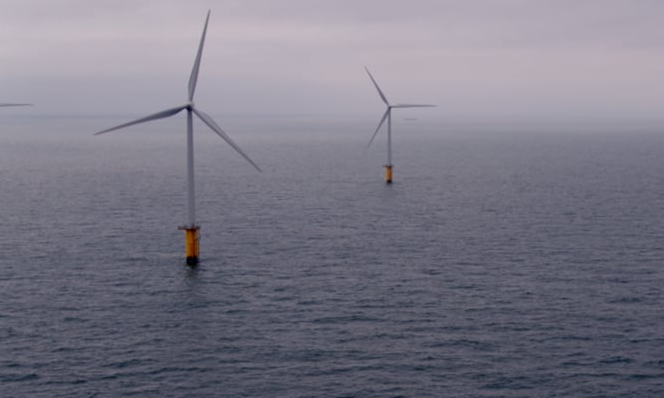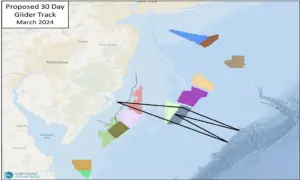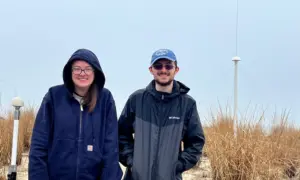As of the draft of this document, the US east coast has 1.7 million acres of federal bottom under lease for development of wind energy installations, with plans for more than 1,500 foundations to be placed. The scale of the impact of these wind farms has the potential to alter the unique and delicate oceanographic conditions along the expansive Atlantic continental shelf, a region characterized by a strong seasonal thermocline that overliescoldbottom water, known as the “Cold Pool.”Strong seasonal stratification traps cold (typically less than 10°C) water abovethe ocean bottom sustaining a boreal fauna whose range extends farther south than would be anticipated by latitude. This boreal fauna represents vast fisheries, including the most lucrative shellfish fisheries in the U.S. In this report, we review the existing literature and research pertaining to the ways in which offshore wind farms mayalter processes that establish, maintain,and degrade stratification associated with the Cold Pool through vertical mixing in this seasonally dynamicsystem. Changes in stratification could have important consequences in Cold Poolset-up and degradation, a process fundamental to the high fishery productivity of the region.
Full article here
SCEMFIS: The Mid-Atlantic Cold Pool video here




